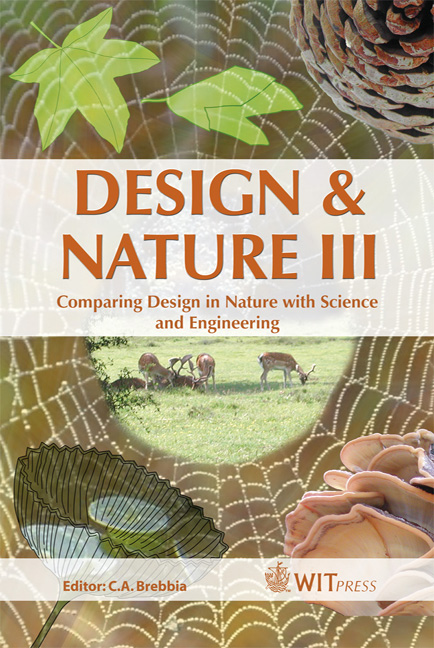State Of The Art Of Solid Freeform Fabrication For Soft And Hard Tissue Engineering
Price
Free (open access)
Transaction
Volume
87
Pages
11
Published
2006
Size
580 kb
Paper DOI
10.2495/DN060231
Copyright
WIT Press
Author(s)
P. J. S. Bártolo
Abstract
Tissue engineering is an interdisciplinary field involving the combined efforts of cell biologists, engineers, material scientists, mathematicians and geneticists towards the development of biological substitutes to restore, maintain, or improve tissue functions. It has emerged as a rapidly expanding field to address the organ shortage problem. Advanced solid freeform fabrication techniques are now being developed to fabricate scaffolds with controlled architecture for tissue engineering. These techniques combine computer-aided design (CAD) with computer-aided manufacturing (CAM) tools to produce three-dimensional structures layer-by-layer in a multitude of materials. This paper introduces the concept of tissue engineering assisted by computer. Different solid freeform fabrication techniques for tissue engineering are described and their advantages and disadvantages discussed with great detail. Novel fabrication procedures, such as alginate rapid prototyping and cell printing, are also presented opening new and exciting possibilities within the tissue engineering field. 1 Introduction In 1988, the concept of tissue engineering was presented for the first time as \“the application of the principles and methods of engineering and life sciences toward fundamental understanding of structure-function relationship in normal and mammalian tissues and the development of biological substitutes for the repair or regeneration of tissues or organ functions” [1]. In 2003, 87 717 patients were
Keywords





